Professional Meeting Invitation Letter Template
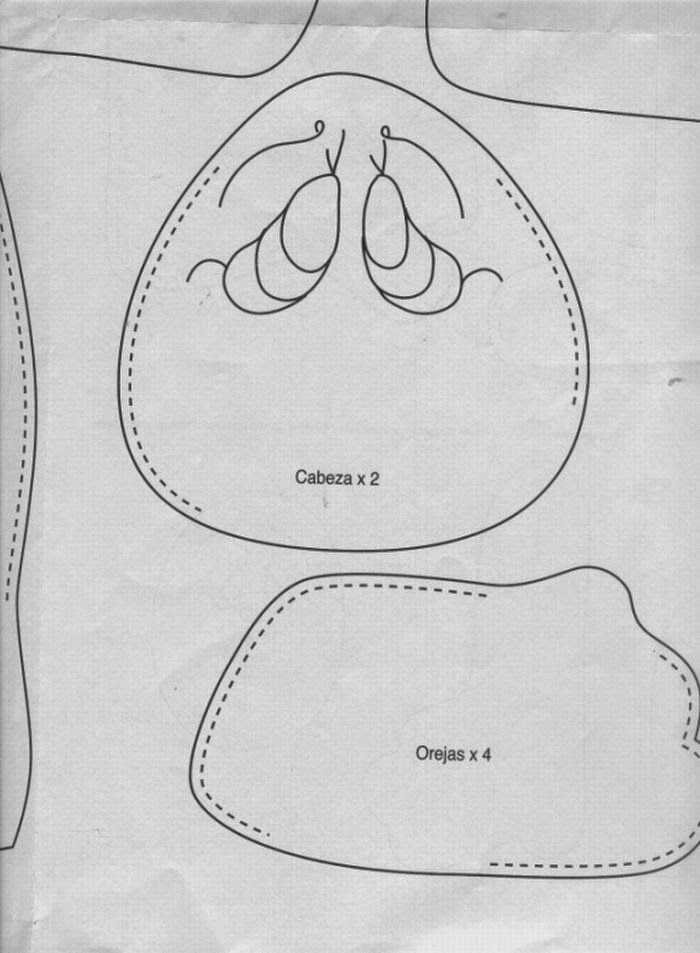
When planning a professional or personal gathering, crafting a well-structured request can make a significant difference in securing participation. The way you present the details, the tone you choose, and the clarity of your message all play crucial roles in ensuring a positive response. Whether for a business conference, a team meeting, or a casual get-together, the content should reflect professionalism and be easy to understand.
Essential Components to Include
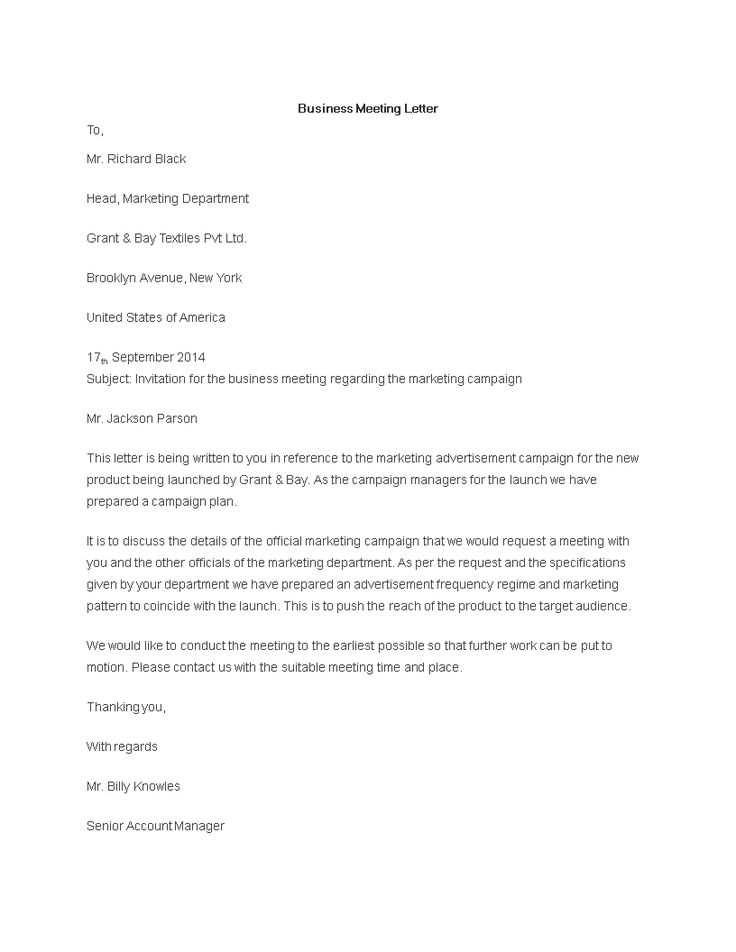
A well-crafted request should contain the following critical information:
- Purpose – State clearly why the gathering is being organized, whether it’s a strategic planning session, a discussion, or a brainstorming event.
- Time and Date – Provide an exact time and date to avoid confusion, ensuring recipients can adjust their schedules accordingly.
- Location – Include the venue or online platform link if the gathering is virtual.
- Agenda – Briefly mention the key topics or objectives that will be covered to give attendees an idea of what to expect.
- RSVP Request – Ask recipients to confirm their attendance, whether by email or another preferred method, so that you can manage logistics effectively.
Crafting a Polite and Professional Tone
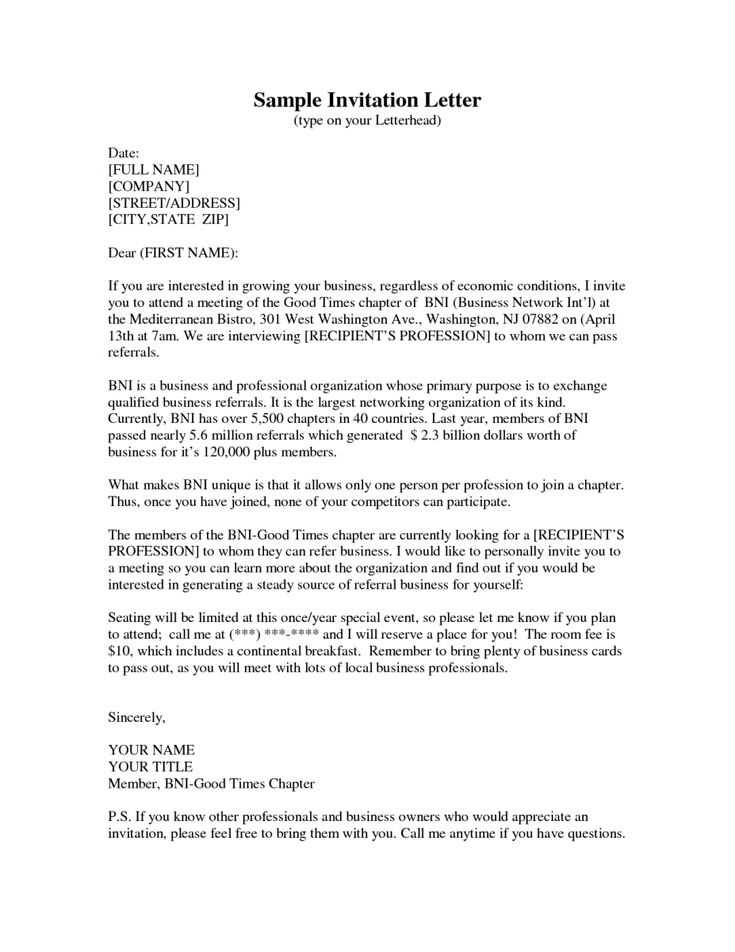
While the purpose is professional, the tone should be respectful and considerate. Keep the message formal, but avoid being overly stiff or impersonal. A polite invitation that clearly outlines expectations will help in establishing the right atmosphere for the gathering.
Personalizing the Message
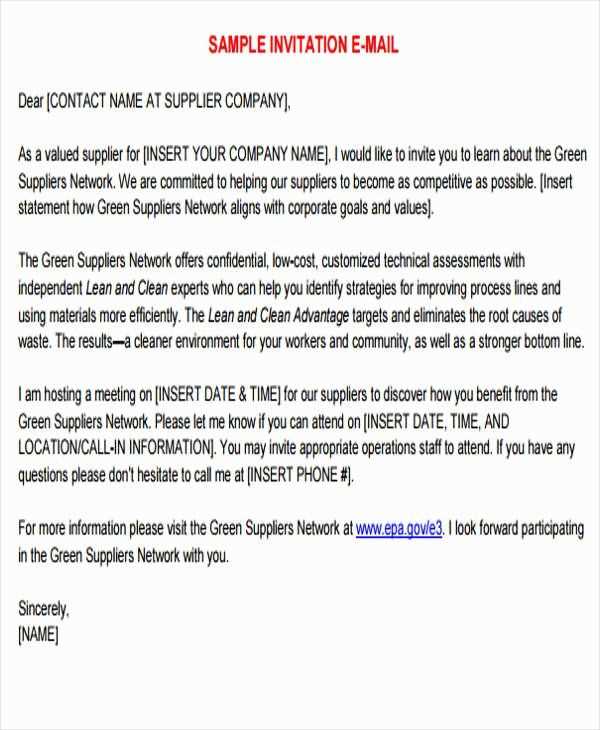
To make your request stand out, try adding a personal touch. Mentioning specific details relevant to the recipient or customizing the content for a particular event can increase the likelihood of a positive response. Avoid using generic language that might appear detached or uninterested in the recipient’s presence.
Common Mistakes to Avoid
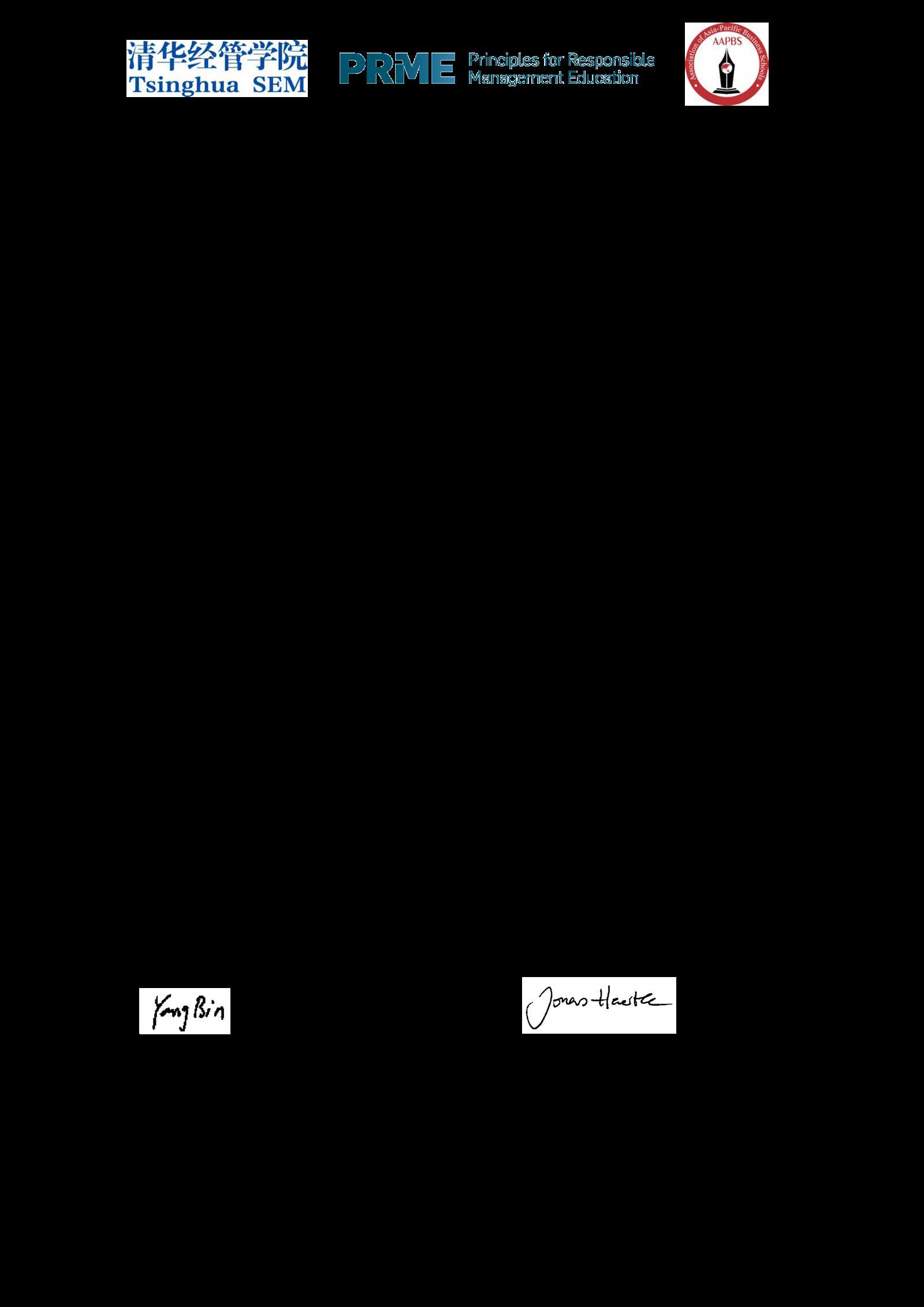
While it’s easy to focus on the content, there are several common pitfalls to avoid:
- Vague Details – Avoid leaving out key information like time, date, or agenda. Uncertainty could lead to confusion.
- Overcomplicating the Message – Keep the structure simple. Overloading the recipient with too much information could lead to disengagement.
- Unclear RSVP Instructions – If the method for confirming attendance is unclear, recipients may forget or fail to respond.
Samples to Guide Your Approach
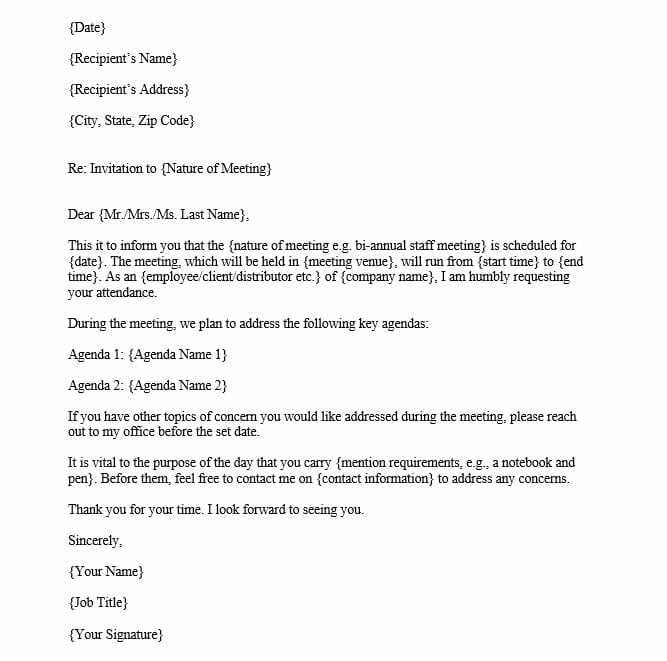
Depending on the nature of the gathering, you may need to adapt your communication style. Below are some common examples:
- Business Gathering – A formal, structured message that emphasizes professional objectives and scheduling details.
- Team Meeting – More casual but still focused, including relevant topics and a collaborative tone.
- Social Gathering – A lighter approach, usually less formal but still respectful, focusing more on the event’s social elements.
Professional Request for Gathering
Why a Clear Communication is Essential
Key Elements of a Formal Document
Personalizing Your Request for Any Event
Common Mistakes to Avoid in Requests
Effective Methods for Sending Requests
Sample Formats for Various Occasions
When organizing an event or gathering, delivering a clear and well-structured request can greatly influence the success of the event. A properly formatted message conveys professionalism, sets expectations, and encourages participation. It is essential to ensure that all relevant details are included so that recipients have a complete understanding of the purpose and logistics of the event.
Why a Clear Communication is Essential
Clear communication is the foundation of any successful gathering. A vague or confusing message can lead to misunderstandings, missed opportunities, and a lack of attendance. By being specific and concise, the sender ensures that all recipients are on the same page, leading to better coordination and smoother execution of the event.
Key Elements of a Formal Document
A professional document should contain several key elements to ensure it is effective and informative. These include:
- Purpose – State the reason for the gathering and what you aim to achieve.
- Date and Time – Clearly specify when the event will take place to avoid confusion.
- Location – Provide the venue details, or include a link if the event is held online.
- Agenda – Briefly outline the topics or goals to be discussed during the event.
- RSVP Instructions – Request confirmation of attendance to help with planning.
Personalizing Your Request for Any Event
One way to increase engagement is by customizing your message based on the recipient and the nature of the event. Tailoring the communication shows attention to detail and makes the request feel more personal. This could involve addressing the recipient by name, including specific topics relevant to their role, or adjusting the tone to match the nature of the event.
Common Mistakes to Avoid in Requests
Even with a clear structure, there are several mistakes that can undermine the effectiveness of the request. Avoid the following:
- Unclear or Missing Details – Failing to specify time, location, or agenda can cause confusion.
- Overloading Information – Providing too much unnecessary detail can overwhelm the recipient.
- Unclear RSVP Instructions – Make it easy for people to confirm attendance by specifying how and by when to respond.
Effective Methods for Sending Requests
The method of sending the request is equally important. Whether by email, physical mail, or an online platform, choose a communication method that aligns with the event’s formality and the recipient’s preferences. Additionally, be mindful of timing. Sending your request well in advance allows recipients to manage their schedules accordingly.
Sample Formats for Various Occasions
Different events require different tones and structures. Below are some examples:
- Professional Event – Formal tone, clearly stating the purpose, time, and details of the event.
- Casual Gathering – Lighter tone with a focus on the social aspect, still including essential event details.
- Team Collaboration – Focused on the agenda, with an emphasis on teamwork and outcomes.